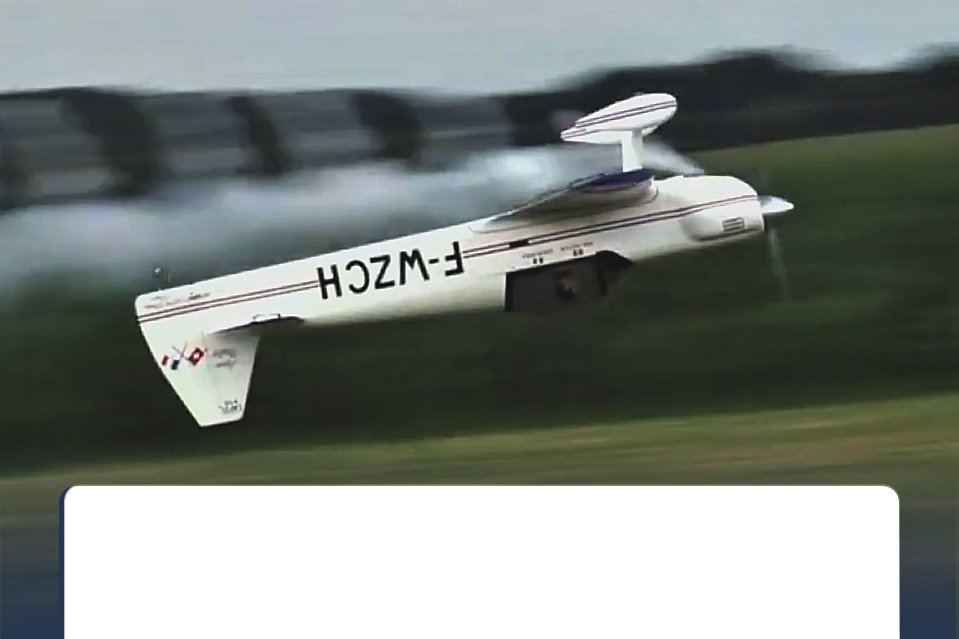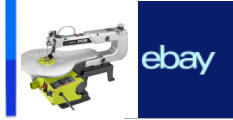








I'm an engine guy. I find it difficult to get
excited over anything electrically powered
except EDF jets. The sound, smell, and
ones ability to fine tune internal
combustion engines borders upon being a
mystical experience far greater than a fish
taco eaten by your favorite Food Network
star.
Admittedly, I have electric airplanes. The
whirring motor pulls them around quite
well but they're like chili without heat, a
Tequila Sunrise without tequila, or clam
chowder without the clams. And 5 minute
flights? C'mon. I prefer glow or petrol
power. Thank you.
So when it comes to
looking for an engine,
one of my favorite
places to browse is the
Gas/Nitro engine pages on EBAY. One
never knows when a deal too good to
pass up may appear. “Vintage” (AKA old)
engines galore are typically listed here.
Some are new in the box and other
listings are absolute garbage.
With that in mind, when one purchases a
discontinued engine no matter the
condition, what's next? Just for fun, let's
look at what may have motivated a buyer.
First, regardless of condition, the engine
is going into an airplane to fly. Great!
That's what engines are for. If you crash
and damage a discontinued engine,
you're basically screwed. Parts for
engines over 20 years old and even 10,
are almost impossible to find. Solution?
You must own two or three. Keep them
for spare parts or replacement—just in
case, like I do.
Second, you bought a
box of apparent
garbage engines and
related stuff for a good
price. You intend to
repair and/or clean
them up, BENCH TEST
THEM, and hopefully resell to make a few
bucks. Nothing wrong with that.
Third, you bought engine X, intending to
install it in a future project you plan to
build. Into the drawer it goes. Ten years
later it's still NIB.
Fourth, you finally bought the engine
you've always wanted or previously
owned—just because—you can. No
project in mind, but now you finally own
one or bought another.
And lastly, there's the collector. Engines
cleaned up and shiny, into the curio
cabinet they go. Pour a Drambuie on the
rocks, pull up a chair, and gawk at the
little gems under LED lights. Life is good.
As for me, I'm definitely not a collector.
But I confess to being guilty of items 1-4
from time to time and running engines
more than 20 years old in my airplanes.
Well maintained engines can last a very
long time.
And remember, “vintage” as far as we’re
concerned just means old—not the year it
was bottled. And if an item is labeled
vintage and is still being manufactured, a
clueless seller is probably asking too
much.
Happy hunting!


R/C Aircraft Insight From Low Altitude



tslidehaven.com
Top of Page


Find The Best Deals In R/C
Engines

You Bought A “Vintage” Engine—Now
What?
John W. Blossick
Tail Slide Haven
johnb@tslidehaven.com
October 2020
ABOUT FOUR STROKERS
Purchasing a used four stroke
engine can be riskier than a
two stroke. They have more
moving parts, they’re more
complicated than a two stroke,
and many have been
discontinued making parts
difficult to find.
Also, unless you can tear
down, or are willing to learn to
reassemble, and adjust a four
stroke engine you have an
expensive paper weight if
something goes wrong.











